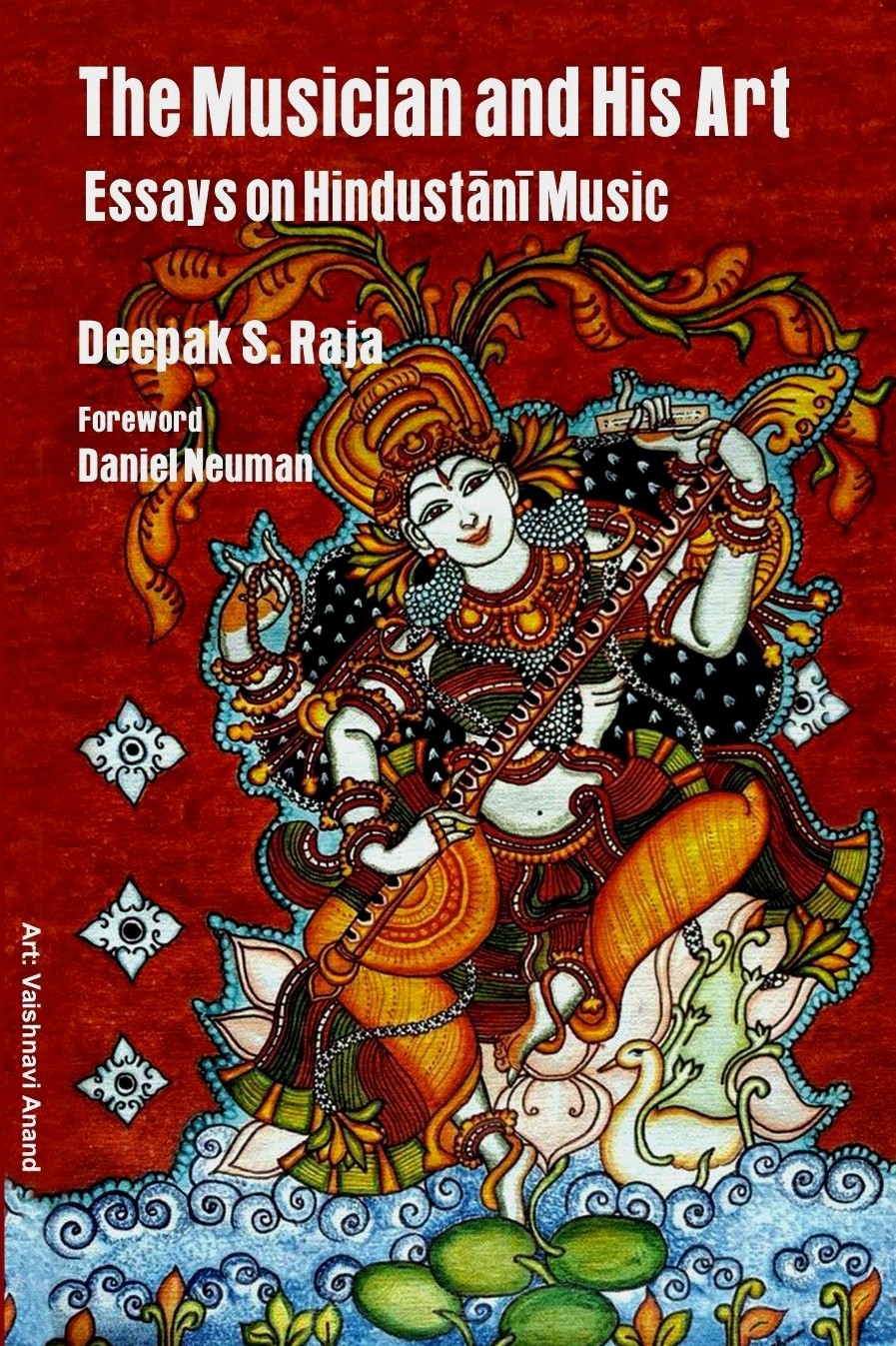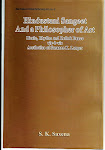
Hindustani music: A tradition in transition. Deepak Raja. DK Printworld, New Delhi. Rs. 490/-
This is a big book of essays and miscellaneous musings on Hindustani classical music, which straddles two worlds, one of pedagogy and the other of criticism. A substantial part of the book is a straightforward introduction to concepts, terms and the performing norm in North Indian classical music as it is practised today.
The modest looking glossary that appears in the contents page is actually more than 50 pages long even though it is tagged at the end of the book. The author presents here a mini dictionary of sorts, taking great care over Hindustani music terms that appear complete with diacritical marks and extensive explanations. While Raja's concern with orthography and phonetics is to be welcomed, Sitar as `Sitara' or Santur as `Santura' does break established conventions and do seem a bit cumbersome. But one gets used to it after a while. Similarly, Amir Khan the famous maestro from Indore becomes `Ameer' Khan, the first is what appears on all his L.P./cassette covers and for a moment this reviewer thought that the author was referring to some other singer. The appearance of the archaic `Moslem' and `Mushtaque' shows that the same rigour for words has not been extended throughout the text. Minor quibbles apart, this glossary is a mine of information, carefully collated from diverse sources and both the casual listener and the advanced enthusiast will certainly benefit from it.
Instruments
There is also a substantial and separate section introducing Indian instruments. Here too, the author shows great diligence. Every chapter on a single instrument is carefully divided into `organology' (history of the development of the instrument), `acoustics', `ergonomics (the design of the instrument, how it is handled) and `melodic execution'. Raja is particularly enlightening on the Rudra Vina, the Surbahar and the Sarangi, three instruments which have been overshadowed by the popularity of the Sarod and the Sitar. Surprisingly, the chapter on the Sitar is the shortest even though Raja as the biographical details provided at the end of the book tell us, has been a student of long standing of this enigmatic instrument. Another section has detailed introductions to the vocal genres of Dhrupad, Khyal, Thumri and Tappa. These chapters too are systematic accounts premised on the unwritten code of Hindustani music, which places vocal music above and superior to music produced by instruments.
Dhrupad
The chapter on Dhrupad is a comprehensive treatment of the subject with detailed notes on the history, style and norms. Dhrupad despite its exalted status is hardly written about and for this reason Raja's careful commentary is very welcome. Raja argues that the celebrated Dhrupad alap is premised on single intervallic transitions and relationships between two notes. The post-Dhrupad genres broke this rule to achieve greater melodic agility. If Dhrupad is less `intellectual' than the later Khyal, then the reason lies in its strict adherence to conventions, which allow only very systematic interplay between the melodic, poetic and rhythmic variables. In the light of this interpretation Raja's assertion later in the book that Khyal is "end-to-end linearity" is puzzling. The linearity of Khyal is a characteristic of the Kirana gharana and subsequently developed by modern instrumentalists. If anything, the founding lineage of modern Khyal singing, the Gwalior gharana is the very opposite as it is full of swoops, glides, cuts and rhythmic swerves that certainly defy characterisation as `linear'.
State of music today
Raja's critical pronouncements that form the other half of the book are subjective and sometimes contentious. Certainly his theory that Carnatic music has abandoned the time theory of ragas because equatorial South India experiences only mild changes of temperature throughout the day is both fanciful and hilarious. More closer to the truth is that the time theory was an interpolation in Hindustani music and as Bonnie Wade has suggested closely tied to the rituals of feudal courts which later became established conventions.
In a metaphor that he borrows from the plastic arts Raja argues that music too has `architectural', `sculptural' and `ornamental' properties. Such characterisations help Raja categorise musical form despite a high degree of overlap in these concepts. The helpful section on trends in Khyal singing is alas too short.
The book begins with a lively account of the state of Hindustani classical music in today's India. Raja's essay showcases the concerned aficionado's fear of the future. What will happen to this wonderful music in a world where the presence of established maestros is rapidly shrinking while the untutored audience makes relentless demands? The author's tentative answer is to build dykes against the pressures of the market, to plump for elitism so that all that is good in this music can be preserved. In this sphere he argues forcefully that mere `conservatism' would not do and what is needed is `conservationism', which is a new kind of activism by connoisseurs to save this art.
Reproduced from: The Hindu : Tuesday, Sep 06, 2005





